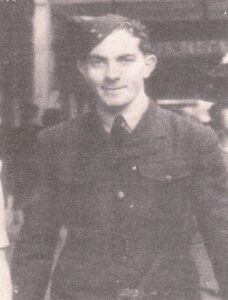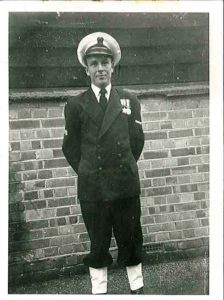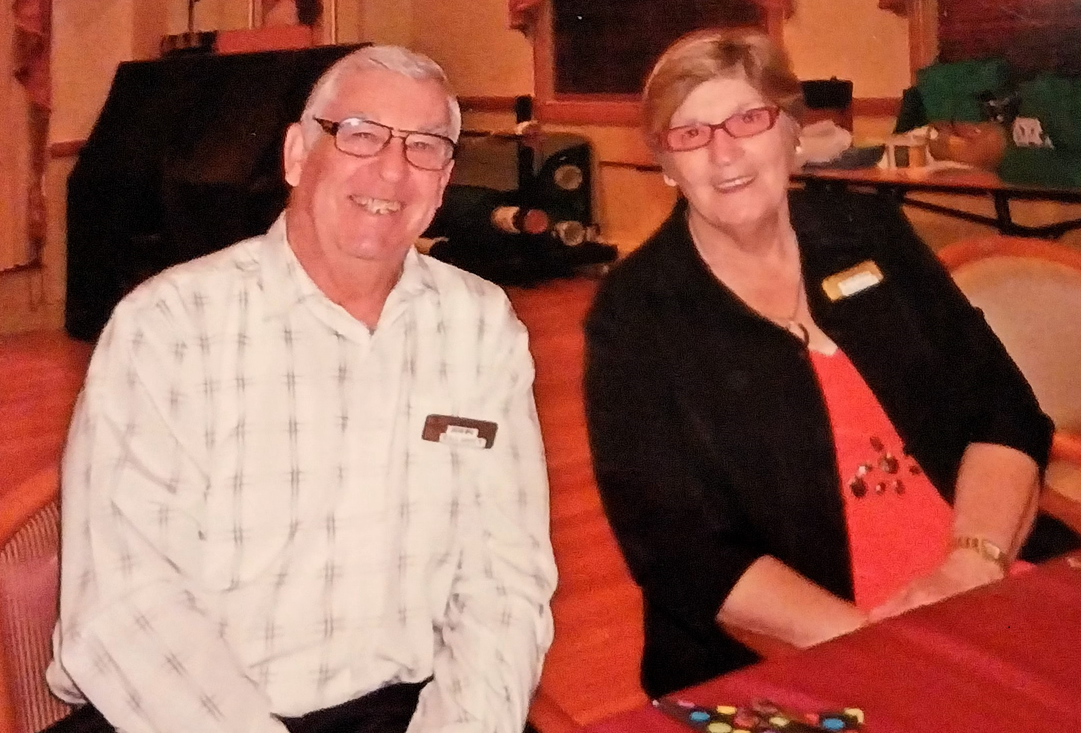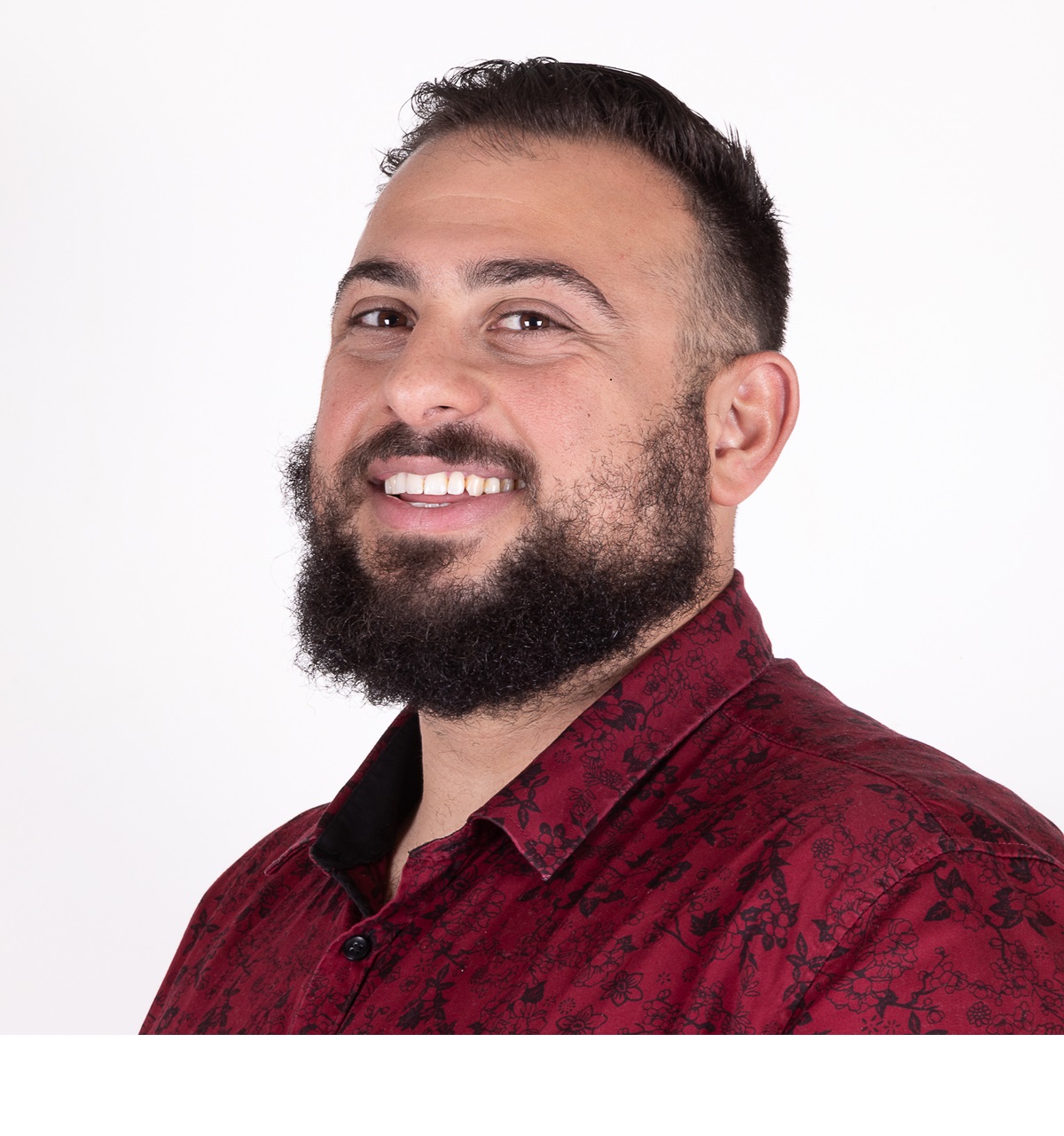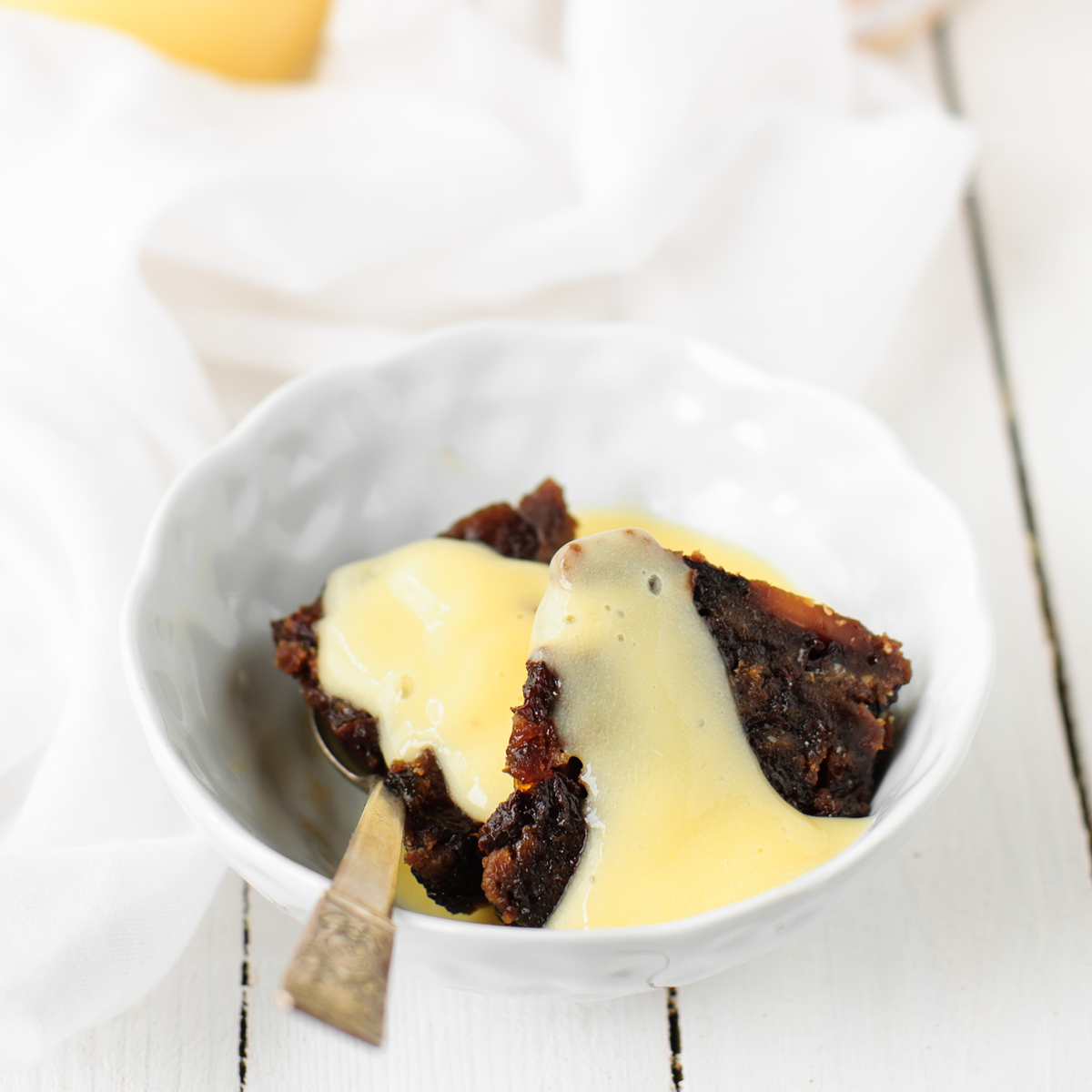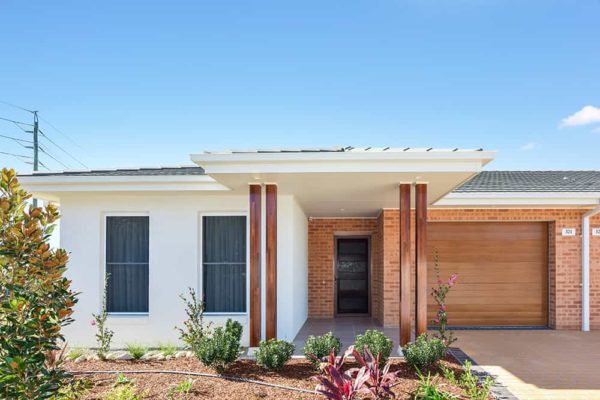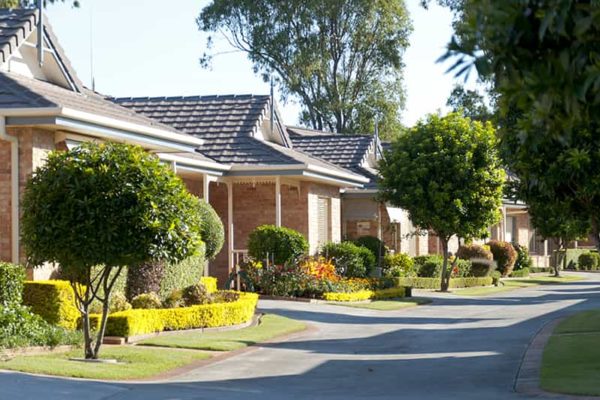Glengara Retirement Village resident Frank Robinson was a Wireless Operator in the Royal Australian Air Force in World War II.
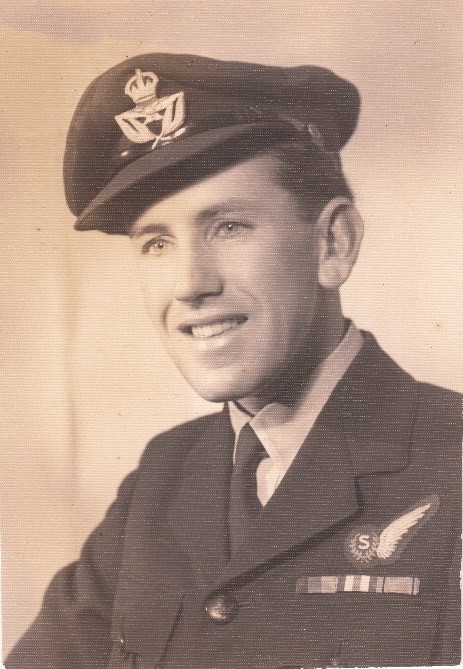
Training: from Lindfield to Narromine, Maryborough to Evans Head
I joined the Royal Australian Air Force at the age of 18. My first camp was Bradfield Park, Lindfield for six weeks of training then we were sent to the Elementary Flying Training School in Narromine, NSW. The only one with a driving licence, I became a temporary driver. First job was to drive an old fuel tanker and re fuel a Tiger Moth aircraft: I was asked to back up a little further, the tanker took a “jerking motion” and tore some fabric off the plane. No more fuelling jobs, or any driving jobs for that matter!
Next job was lighting runway flares for night flying exercises; a burner blew up and scorched my face, burnt off my eyebrows and singed my hair. By this time, they were fed up with me and others, so back to Bradfield Park, where three of us were given the choice of becoming Wireless Operators, Navigators or Gunners. We all chose Wireless Operators, training on single engine monoplanes called Wacketts.
I then went to Maryborough, Queensland, learning Morse Code and Radio Operations. For training in Morse, we were taken out in vans to send/receive messages back to base. I contracted dengue fever and was hospitalised. Returning to training, I was placed in a different group where I met a special friend, Eric Birch. Near training’s end we were placed in “iron sheds” within a large hanger to send and receive Morse messages, while a few guys threw rocks at the sheds to simulate artillery and canon fire.
“We were placed in “iron sheds” within a large hanger to send and receive Morse messages, while a few guys threw rocks at the sheds to simulate artillery and canon fire.”
From Maryborough, it was onto the Evans Head, Bombing and Gunnery School, for aerial gunnery training from worn out British Fairy Battles (aircraft). Target practice was firing at a Drogue, towed by another aircraft. Wind deflection and swaying made for some terrible and comical results. One Drogue plane had bullet holes in its tail, while one fellow put bullet holes in the rudder of his own plane.
On completion of the course we received our half wing with W.A.G. This made us qualified “Wireless Air Gunners”. After some leave, it was back to Bradfield Park amid rumours we were going to England.
1942: Brighton via Angel Island and Fort William Army Base
On 4 November 1942 we were transported to Darling Harbour, where we boarded the commandeered ex-passenger liner, MS Mariposa, destination, San Francisco. When on board, we were handed a brown packet, which turned out to be cigarettes, and that was the start of a smoking habit that continued to 1965.
We arrived in San Francisco on a foggy, dull morning, seeing the Golden Gate Bridge for the first time. After docking, our group was transferred to Angel Island, an American Army camp, where we stayed for 10 days, before being taken to Oakland to board a “Pullman” train bound for New York. Stops were made at Denver and Chicago and the train slowed when passing Niagara Falls so the passengers could enjoy the view of the Falls. After a 6-day journey, we reached New York then were taken to Fort William Army Base. We were given seven days’ leave to take in the city which was a bit of a shock for the boys from the country. Three mates (Eric, Clyde and Speed) and I found a good hotel just off Broadway and stayed there while on the leave break.
No sooner back at Fort William, we were transported to the Hudson River Docks to board another vessel, this time the Queen Mary, bound for Greenock, Scotland. It was an unescorted crossing because she had the speed to outrun German Submarines. After docking at Greenock, we boarded a train going to Brighton, south of London. We billeted in the Grand Hotel and our first meal there was brussel sprouts and cheese.
Operations over Germany were few and far between at this time due to extreme weather and heavy snow at the bomber bases. Consequently, we were holed up in Brighton for some time. Statistically, Wireless Operators had a higher survival rate. One morning in February 1944 I was part of a gathered assembly of wireless operators to hear an announcement from an Officer. They were asking for volunteers to go on operations as Straight Gunners. Being weary from the long delays in Brighton, there were several who stepped forward, including two of my best mates, Eric and Clyde. I tried to pull Eric back, but he had recently received a letter from his brother who was on the Kokoda Trail in New Guinea, and he felt he was not doing enough. Eric and Clyde became gunners.
Next was a transfer to a No. 2 Radio School at Yatesbury, Wiltshire, for training on new radar equipment. It was a large posh place, but the food was something else. First night we had Welsh rarebit and for breakfast we lined up for porridge and discovered it was boiled cheese (sounds like inventive cooking). Lunchtime, we were confronted with brussel sprouts and more cheese; there was a “revolt”. General mayhem erupted with tables and chairs thrown at the windows. The rations improved markedly.
“General mayhem erupted with tables and chairs thrown at the windows. The rations improved markedly.”
1944: A fully trained bomber crew
The reason for the long delay in getting to a squadron for operations, was a surplus of Wireless Operators. In July 1944, we were posted to No. 27 Training Unit, Litchfield, Staffordshire, where all trainees – pilots, navigators, wireless operators, and gunners were to finally crew together. About 200 of us gathered in a hanger to sort ourselves into crews. Sitting on a stool, I was wondering what I would do, when a hand hit my shoulder and an old friend, Lyle said, “hello chum, fancy meeting you here”. We crewed up immediately. Lyle eventually got a full crew together: No. 27 Ops. Training Unit was specifically for Australian aircrew to train on twin engine Wellingtons in all weather conditions. After weeks of training, Lyle was qualified to fly solo. We left Litchfield the first week of October as a fully trained bomber crew.
During October, I received a letter from Eric who had been posted to a Lancaster Squadron in Lancashire. He asked if I wanted to meet in a pub in Ely to have a drink for our birthdays, which were both in the first week of November.
We would have been 21, so it was a special occasion. I caught a train to Ely, found accommodation, intending to stay three days, located the pub, and waited. After two hours, I approached a group of air crew at the bar and asked if they knew Eric Birch. They all looked at one another, with one suggesting I ring the Adjutant. I did and was advised that Eric went missing on a bombing mission over Germany in late October and was presumed dead. This was such a shock. I went back to the Lodge, packed my bag, and caught the next train back to London.
March 1945, 462 Squadron – Foulsham, near Norfolk
We finally arrived on an Operational Squadron. Following two weeks of lectures and instruction, then on 27 March 1945, we went on our first operational flight: Bremerhaven, Germany.
2 April 1945. Our next target was Strade Aerodrome, near Hamburg, which was a major German fighter base. The Mission was to destroy their operation. Two nights later, we found out our next mission objective was to go to Berlin, a 1000 bomber raid.
All aircraft were heavily laden with bombs and additional fuel. We took off at 1905 (7.05pm) and on climbing over the Channel, we ran into thick fog which continued over France. Our aircraft was vibrating so badly, the pilot called out “who’s got a hatch open”. Vibrations became more violent, when suddenly breaking out of the cloud, we were in the slipstream of a Lancaster which was only 50 feet above us.
“Vibrations became more violent, when suddenly breaking out of the cloud, we were in the slipstream of a Lancaster which was only 50 feet above us.”
Berlin was heavily defended; many searchlights and heavy flak bursting around us. The sky was filled with shrapnel. Bombs released, we got out of the target area and avoided the searchlights. The pilot asked me to check on the Navigator as he could not raise him. It was difficult reaching him, however, I found him rigid and staring at nothing. After a couple of sharp jolts, he looked at me and I said, “the pilot is calling you for a bearing home”. The Navigator nodded, contacted the pilot, and gave him a bearing for home. After flying some 20 minutes, the pilot called me to have a look down and what I saw was a river of fire. I said to the pilot, “looks like we are over the Allies’ 2nd front”. Pilot’s response, “2nd front be buggered, that is the Russian front”.
The pilot managed to retrace our steps and by this time, we were 40 minutes behind the main bomber stream. We finally landed back at base at 3:00am after an 8-hour flight and almost out of fuel.
We were briefed on a mission to Munich, take off at 1700 (5:00pm). On nearing the target, I got a blip on the radar screen showing a fighter approaching fast at four miles out. The gunners had visual at one mile out and opened fire. It was a twin engine Messerschmidt. There were lots of search lights but less flak than other times. After the war, my brother Vince told me he was a P.O.W. in Munich at the time, not far from the bombing targets. What a coincidence.
On the return trip, the radio was U/S (unserviceable). Following training procedures, I removed around 15 valves, placed them in order on the deck when we did a big dive to starboard. Yep, you guessed it, the valves rolled everywhere and were now mixed up. Not knowing the right order for reinstallation, I just plugged them in, gave it a big kick with the boot (like kicking a tyre when buying a car) and the radio burst into life. I was commended on my actions. Next thing the pilot called up and asked, “what was that below?”. It turned out to be barrage balloons over London; we were 90 miles off course, another navigator error. Lucky the artillery did not fire on us.
On 7 May 1945, we were on standby for another operational flight, rumoured to be Berlin. However, at midnight it was cancelled. The following day we knew the war was over. Sadly, my other good friend, Clyde Innes, did not survive the war.
My brother Vince had been released from the P.O.W. Camp; we met up in London and spent some valuable time together. I sailed home to Australia on the “Durban Castle”, arriving in Melbourne on Australia Day 1946.
Read more veterans stories
Syd Benton
Leading Aircraftsman
Royal Australian Air Force
Ross Kingston
Officer’s Cook
British Royal Navy, part of Operation Neptune
